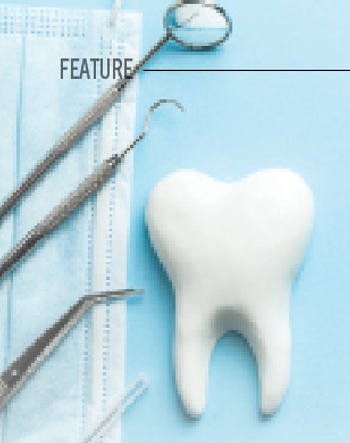
Updated SHEA Guidelines Include Agion Antimicrobial-Treated Catheters
Use of catheters containing the Agion® antimicrobial is among the recommended strategies to control central line-associated bloodstream infections (CLABSI) according to the Society for Healthcare Epidemiology of America (SHEA).
An expert guidance document published in Infection Control and Hospital Epidemiology in the July 2014 issue provides best evidence practices for the prevention of central-line associated bloodstream infections. As part of the 2014 updates, the authors recommend the use of “silver zeolite–impregnated umbilical catheters in preterm infants,” based on the 2012 study by Bertini on the “Reduction of catheter-related bloodstream infections in preterm infants by the use of catheters with the Agion Antimicrobial System.”
“SHEA’s recommendations should encourage more hospitals to expand the use of antimicrobial device technologies available to prevent central-line associated bloodstream infections, when the basic CLABSI prevention strategies fail to lower infection rates to acceptable levels,” says Paul C. Ford, chief executive officer of Sciessent. “Studies that prove the safety and efficacy of these antimicrobial protected devices provide the foundation for the SHEA expert guidance, and implementation will lead to better care and outcomes in terms of CLABSI prevention.”
The SHEA guidelines also recommend the use of “antimicrobial-impregnated central venous catheters (CVCs) in adult patients” to prevent CLABSI. Both recommendations highlighted by SHEA are among the special approaches currently available for use “in locations and/or populations within the hospital with unacceptably high CLABSI rates.”
The Agion® Antimicrobial is presently registered by the United States Environmental Protection Agency as a preservative and bacteriostatic agent for use in treated articles under 40 CFR 152.25a. The information presented herein is not intended to support or endorse public health claims for treated articles. The Agion Antimicrobial is also used in medical devices under the Food and Drug Administration; those medical device claims are based on safety and efficacy testing and are limited to those approved by FDA.
Source: Sciessent
Newsletter
Stay prepared and protected with Infection Control Today's newsletter, delivering essential updates, best practices, and expert insights for infection preventionists.





